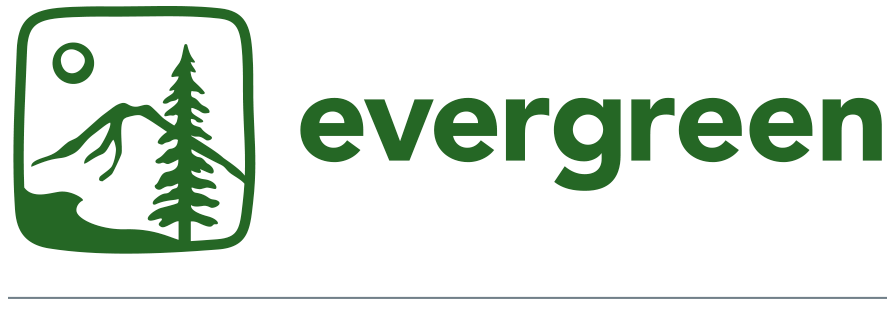Syllabus Considerations and Resources
Julie Russo is the 2023-2024 Learning and Teaching Commons Faculty Scholar. Her salon series provides an informal space for faculty discussion of teaching practices and challenges. See her complete bio on our website.
Values and Policies
Beyond what students need to know and do to engage in learning activities and earn credit, a syllabus can communicate the values you as faculty bring to the classroom and expect community members to uphold. A key example is statements signaling forms of acknowledgement and inclusion that you intend to practice – find text that you can cut-and-paste on the LTC website. The most recently updated statement is from the Undocumented Student Task Force, and at our March Salon we discussed how seeing this language is important because undocumented students may not be comfortable disclosing their citizenship status in order to seek resources. Many of these statements serve a parallel purpose of welcoming students whose presence is not necessarily visible or obvious, a gesture I think resonates with principles of Universal Design.
Other values and policies (either yours or the college’s) that it may be important to share include academic honesty, accessibility guidelines, content notes (trigger warnings) protocol, privacy and confidentiality, conflict resolution procedures, and the Code of Student Rights and Responsibilities. These topics might be related to your Community Agreements, which is a crucial complement to the syllabus, so let me signal boost the Teaching at Evergreen Canvas where you’ll find further resources.
Metacognition and Reflection
The syllabus and other framing materials are an opportunity to encourage students to link their learning in your course or program with their larger educational and career goals. Draw attention to the Six Expectations and highlight where or how these broad principles will show up in your class (this would, in fact, be a great participatory activity: send students on a 6E “treasure hunt” through your syllabus). Talk with students about how liberal arts capacities like these are valued by employers (this can make a big impact on retention). And please, make sure students are aware of the annual Academic Statement deadline (Week 7 for students who aren’t graduating) and available resources at the Writing Center.
Syllabus Self-Assessment
We write syllabi as people who are very well-versed in this sort of document, but how does our work come across to students who may be new to college, or new to Evergreen? In their Survey Your Syllabus worksheet, Inclusion by Design suggests reading your syllabus for “subtext” including “formal and informal rules, assumptions, values [that] are important for the course but not stated.” Kevin Gannon’s The Syllabus from a Student Perspective checklist might help you step into the shoes of a syllabus beginner. Circling back to the syllabus with your class keeps it a living document – an activity (such as a pop quiz, scavenger hunt, bingo game, or poster making) that playfully invites students to engage with it interactively could solidify their understanding of class structure and expectations while surfacing any points of confusion.



